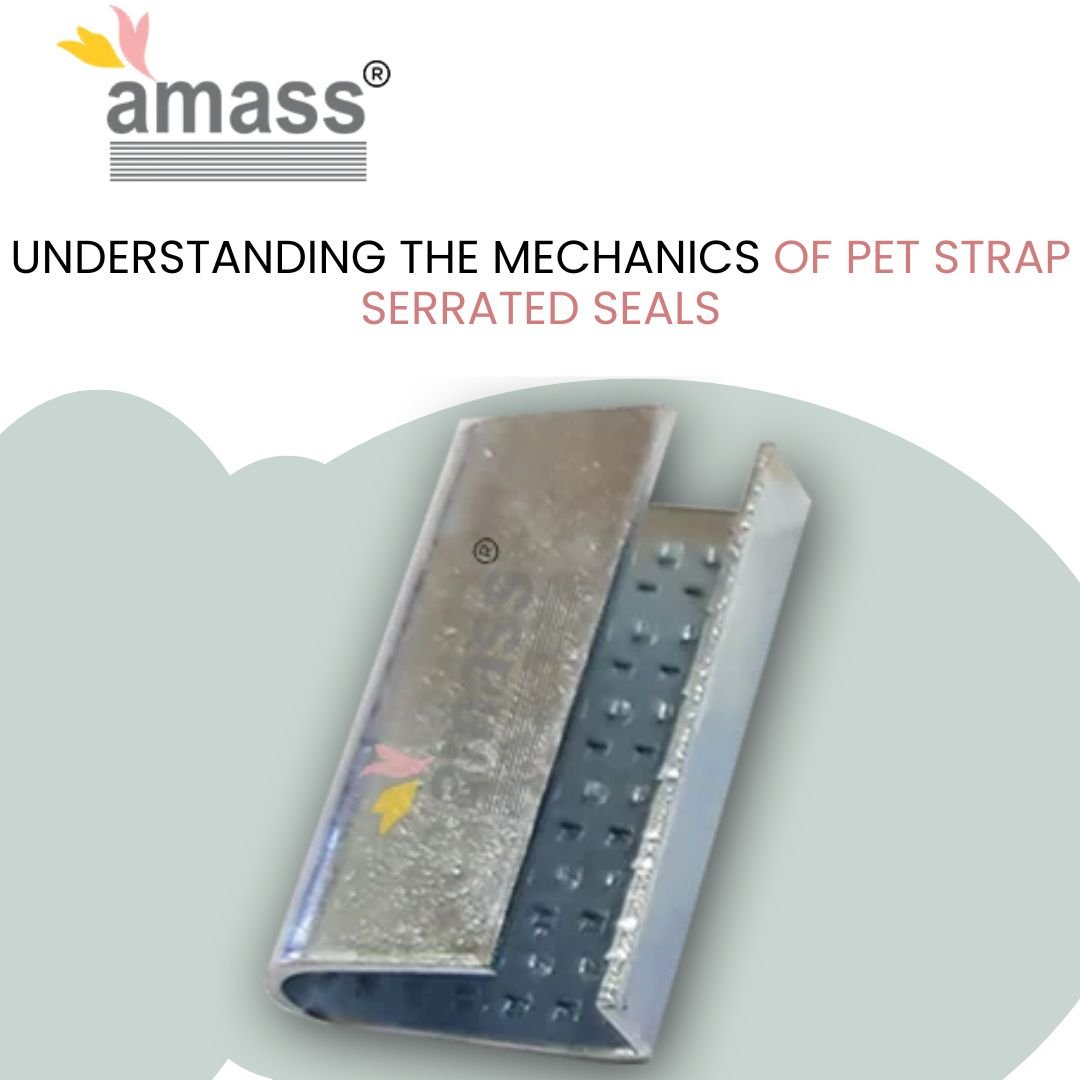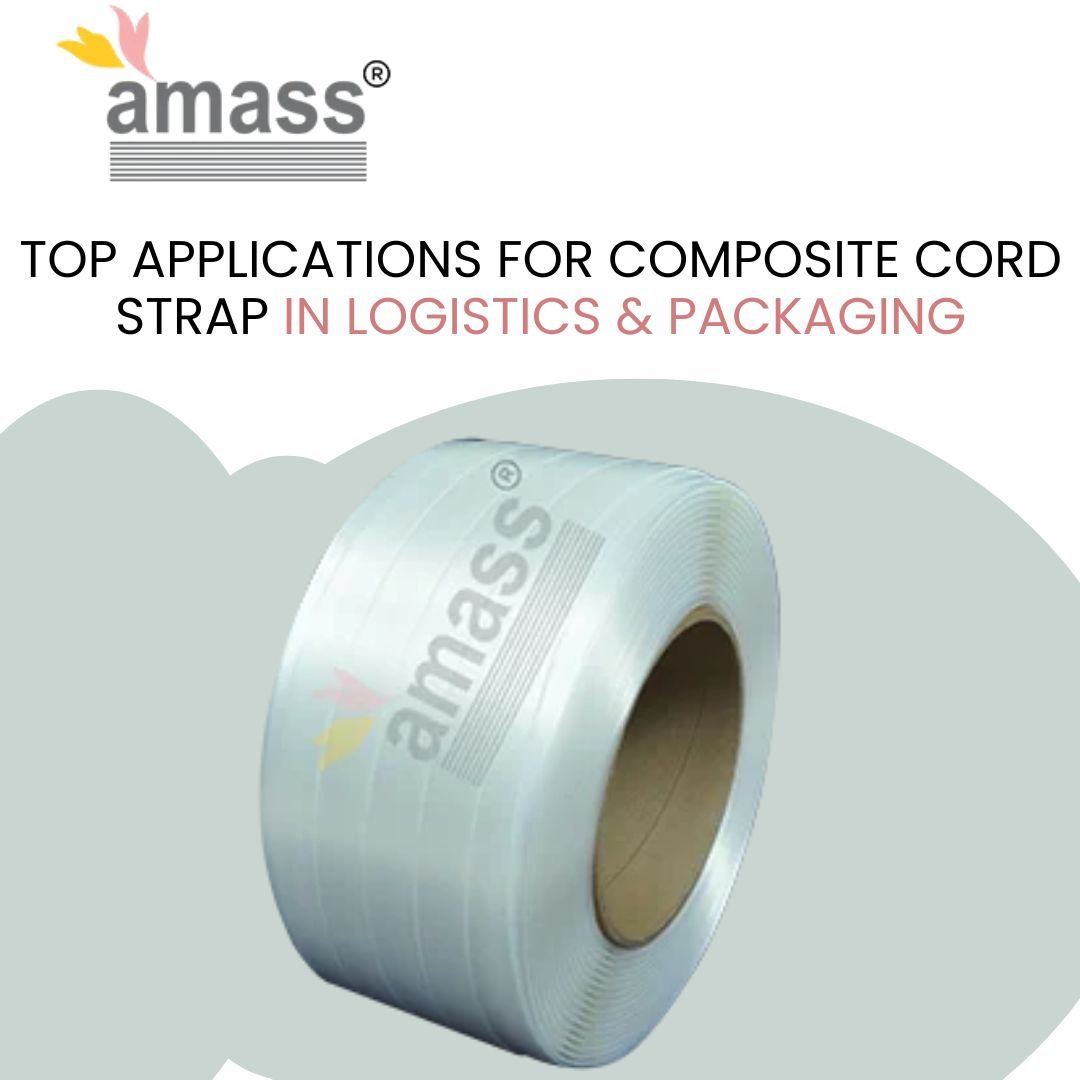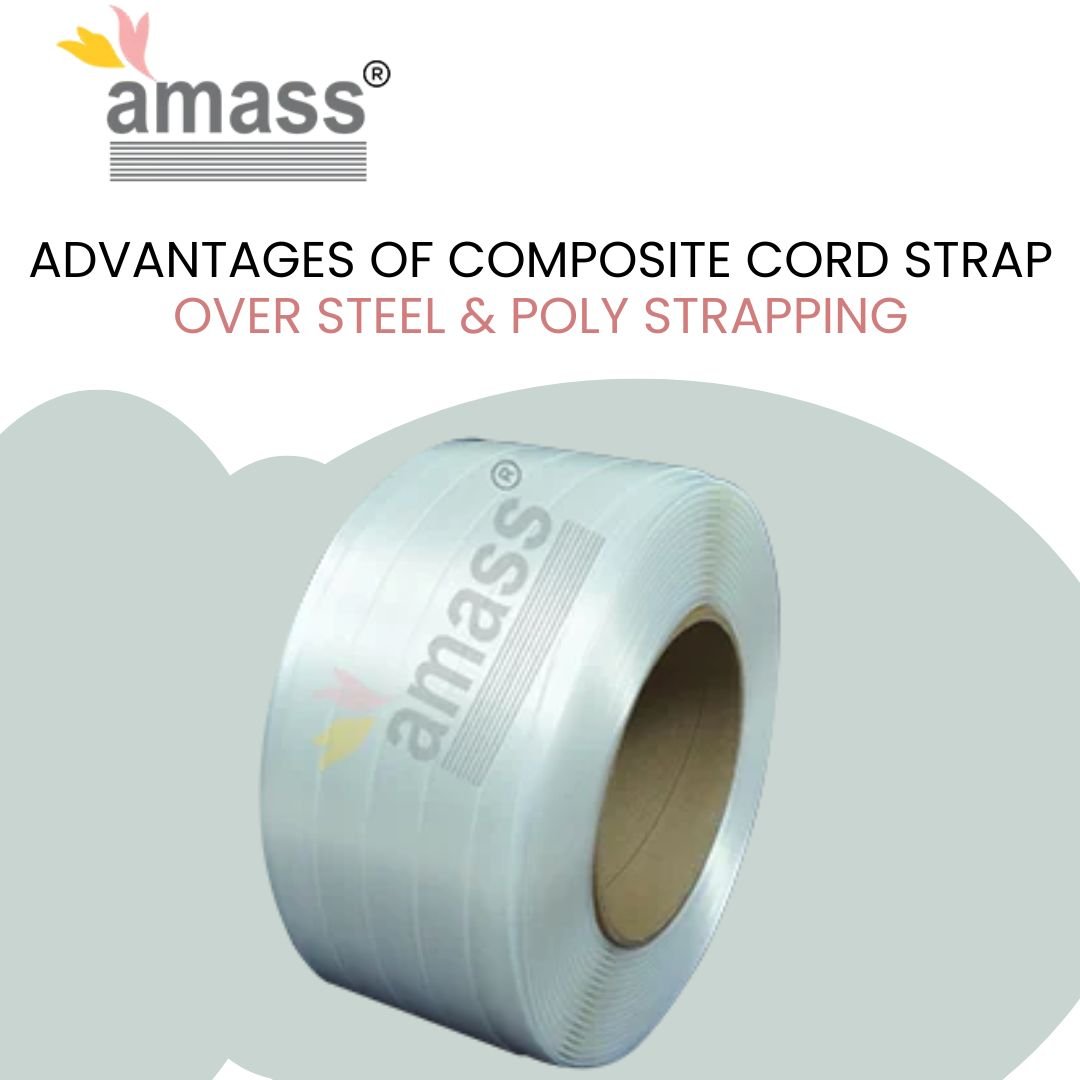5 Key Reasons Packaging is Essential for Products

Leading PP Strap Roll Manufacturer in India | Automated Packaging
July 24, 2025
The Top 5 Benefits of Automating Your Packaging Line
August 8, 2025The math is brutal: replacing a damaged product costs 17 times more than the original shipping expense, while return shipments during a single holiday season totaled $32 billion, with an estimated 20%-30% related to damage. Yet most businesses still treat packaging as an afterthought—a commodity purchase made by procurement departments focused on unit costs rather than system performance.
That’s backwards thinking in a world where around 11% of all goods arrive at distribution centers damaged, and UPS and FedEx ship about 8.6 billion packages yearly, with the damage rate being 10%, which means about 860 million packages are reshipped annually.
The companies getting this right aren’t just buying packaging—they’re engineering cargo containment systems that treat every shipment like a precision operation.
1. The Trust Equation: Brand Damage Compounds Faster Than Product Damage
Here’s what separates commodity thinking from strategic thinking: 39% of consumers would not repeat a purchase if they received defective packaging, increasing to 79% if the product arrived damaged.
Those aren’t just lost sales—they’re multiplied losses. Each damaged shipment doesn’t just cost you a customer; it costs you every future purchase that customer would have made, plus every referral they won’t give, plus the negative reviews that influence dozens more prospects.
The smartest operators understand this cascading effect and invest accordingly. They know that proper strapping, tensioning, and containment systems don’t just protect products—they protect customer relationships that took months or years to build.
When Amass Strapping Solution designs cord strap systems for container shipments, they’re not just preventing physical damage. They’re preserving the trust equation that keeps customers coming back.
2. Supply Chain Physics: Why “Strong Enough” Isn’t Strong Enough
Most inbound goods are damaged after being compressed during shipping, where the lowest tier on a caseload is considered the most vulnerable or susceptible to damage. This isn’t random—it’s predictable physics.
Every pallet, every container, every shipment operates within a force ecosystem where vibration, compression, temperature fluctuation, and shifting create stress patterns that weak packaging can’t absorb.
The Three-Zone Reality Check:
- Transit Zone: Vibration and impact during movement
- Storage Zone: Compression from stacking and weight distribution
- Transfer Zone: Acceleration forces during loading and unloading
Most packaging solutions address one zone well, maybe two zones adequately. Elite solutions—like properly engineered polyester cord strapping systems with matched buckles and tensioning tools—address all three zones simultaneously.
The difference isn’t just in material strength. It’s in understanding how forces interact and designing systems that distribute, absorb, and redirect those forces rather than simply resisting them.
3. The Hidden ROI: Packaging That Pays for Itself
Here’s the counterintuitive insight: premium packaging solutions often cost less than cheap ones when you calculate total system costs.
The most common cause of product damage during shipment is that the packaging material was not strong enough. Poor quality packaging or packaging that is not suitable for the goods often results in damage of all kinds.
Consider the real cost structure:
- Immediate costs: Material, labor, storage
- Failure costs: Replacements, returns, investigations, customer service time
- Opportunity costs: Lost sales, damaged relationships, delayed payments
- Environmental costs: Waste disposal, carbon footprint of re-shipments
Companies that switch to engineered strapping solutions typically see 60-80% reduction in shipping damage within the first quarter. When your damage rate drops from 11% to 2-3%, the ROI calculation becomes obvious.
The packaging isn’t a cost center—it’s a profit center that happens to look like an expense.
4. Regulatory Reality: When Compliance Becomes Competitive Advantage
International shipping regulations aren’t getting simpler. They’re getting more complex, more enforced, and more expensive to violate.
Container lashing requirements vary by shipping line, destination port, and cargo type. What works for domestic shipments often fails international compliance checks. What passed inspection last year may not meet updated standards this year.
Smart companies turn this complexity into competitive advantage by partnering with suppliers who understand both current regulations and emerging requirements. When your strapping and containment systems exceed baseline compliance, you’re not just avoiding delays—you’re gaining reliability advantages over competitors who cut corners.
This is where specialized knowledge pays dividends. Cord strap systems that meet CTU Code requirements, container lashing standards, and international shipping protocols don’t just prevent regulatory problems—they create operational advantages through faster processing and fewer inspections.
5. Future-Proofing: The Sustainability Multiplier Effect
Environmental considerations aren’t optional anymore—they’re competitive requirements that affect customer decisions, regulatory compliance, and operational costs.
All the data shown above shows how much of a cost a damaged product comes at and how fixing this issue can tremendously help the environment.
But here’s the strategic insight: sustainability isn’t just about using recyclable materials. It’s about reducing the total environmental footprint of your shipping operations.
Every damaged shipment requires a replacement shipment. Every replacement doubles the carbon footprint, doubles the packaging waste, doubles the fuel consumption. The most sustainable packaging solution is the one that prevents damage in the first place.
Polyester cord strapping offers a perfect example: it’s stronger than steel wire, more flexible than metal banding, fully recyclable, and significantly reduces the likelihood of damage-related re-shipments.
Companies that position their packaging strategy around damage prevention rather than material costs typically achieve 40-60% reduction in shipping-related environmental impact—a metric that increasingly influences purchasing decisions and regulatory compliance.
The Strategic Shift
The companies winning in today’s marketplace don’t buy packaging—they design cargo containment systems. They don’t optimize for unit costs—they optimize for total system performance.
They understand that every shipment is a brand touchpoint, every delivery is a competitive moment, and every package is either building trust or destroying it.
When you’re ready to make that shift from commodity thinking to strategic thinking, the conversation starts with understanding your specific force profiles, failure patterns, and performance requirements.
Because in a world where 39% of consumers won’t buy again after receiving defective packaging, your packaging isn’t protecting your products—it’s protecting your business model.




